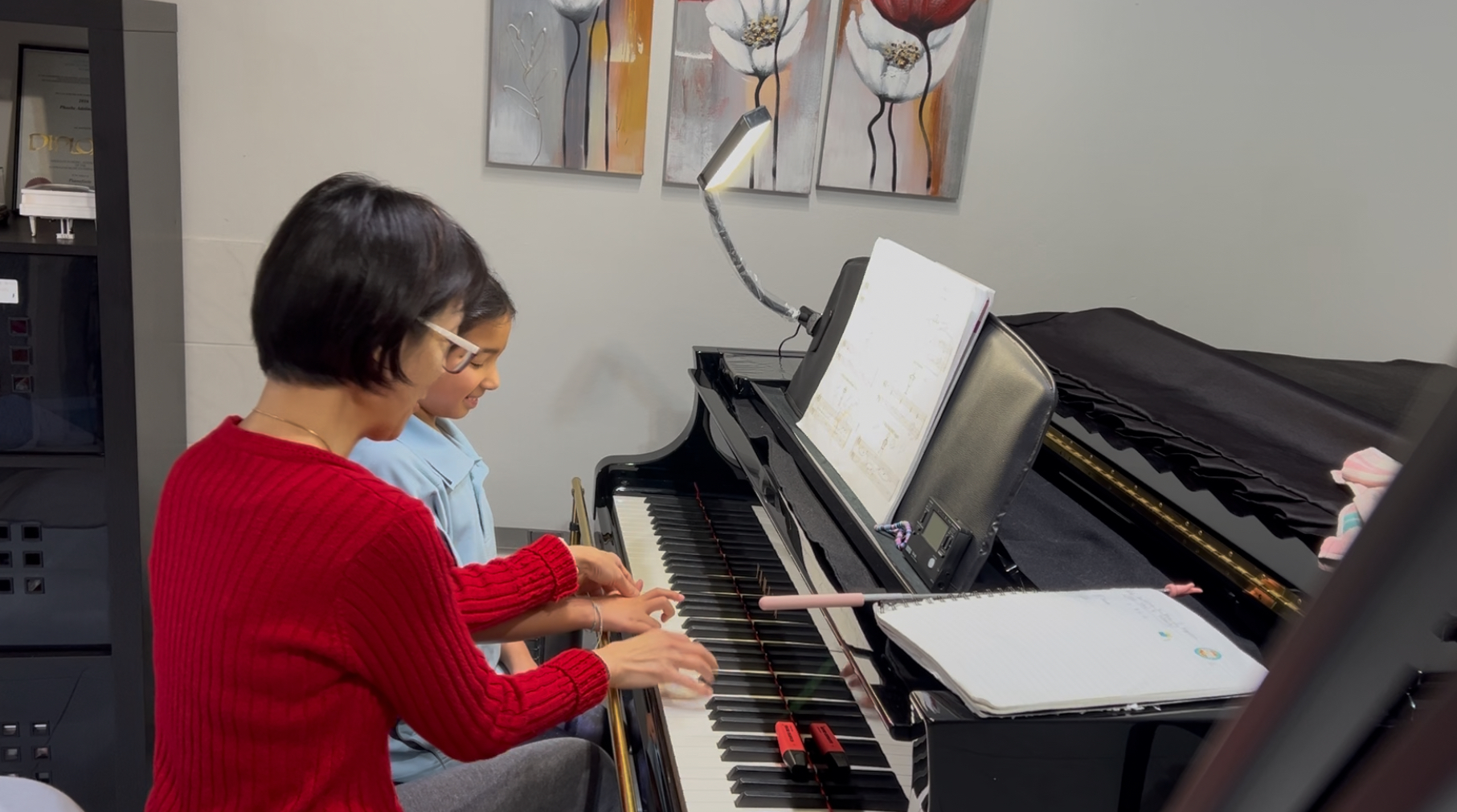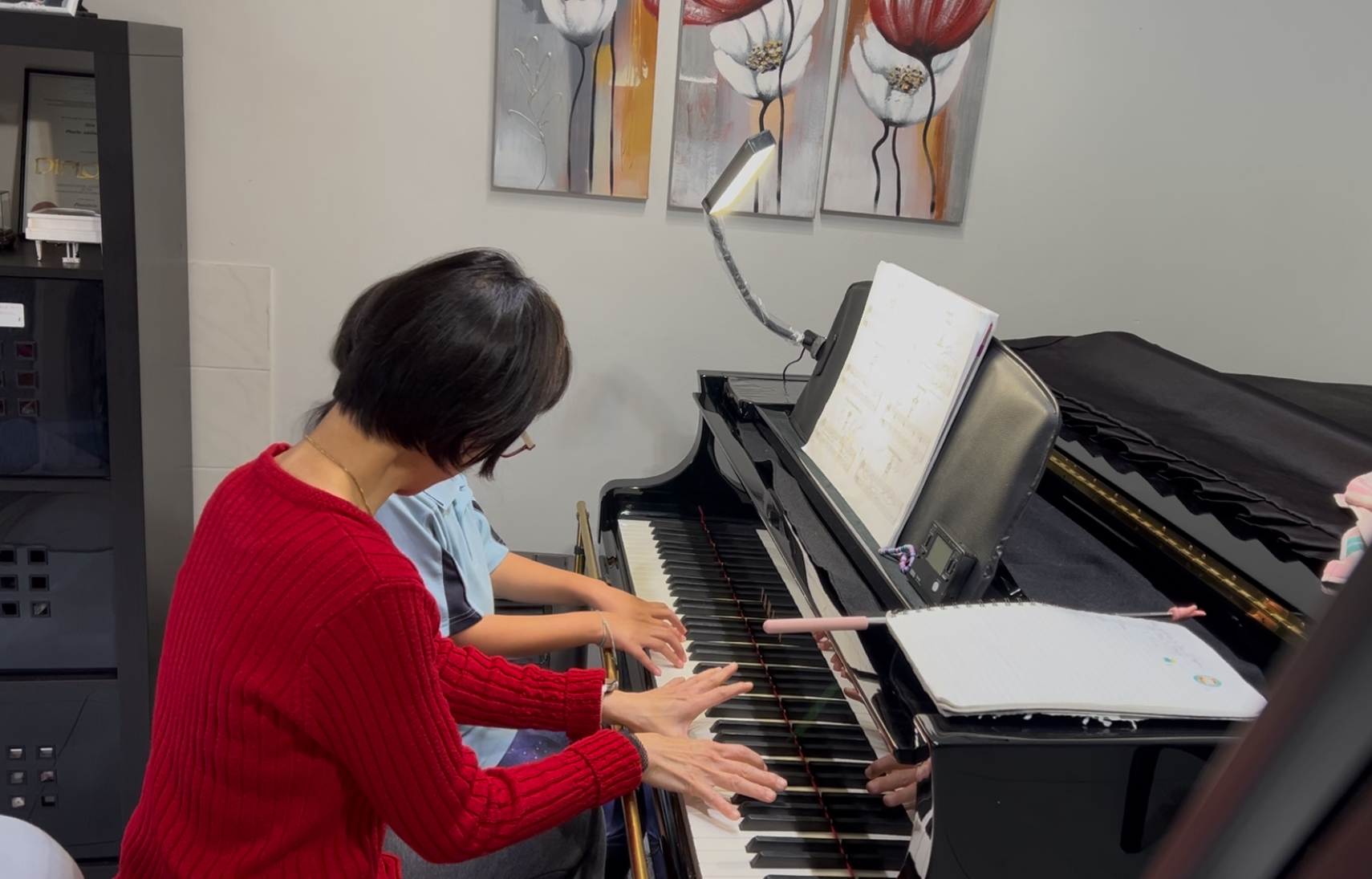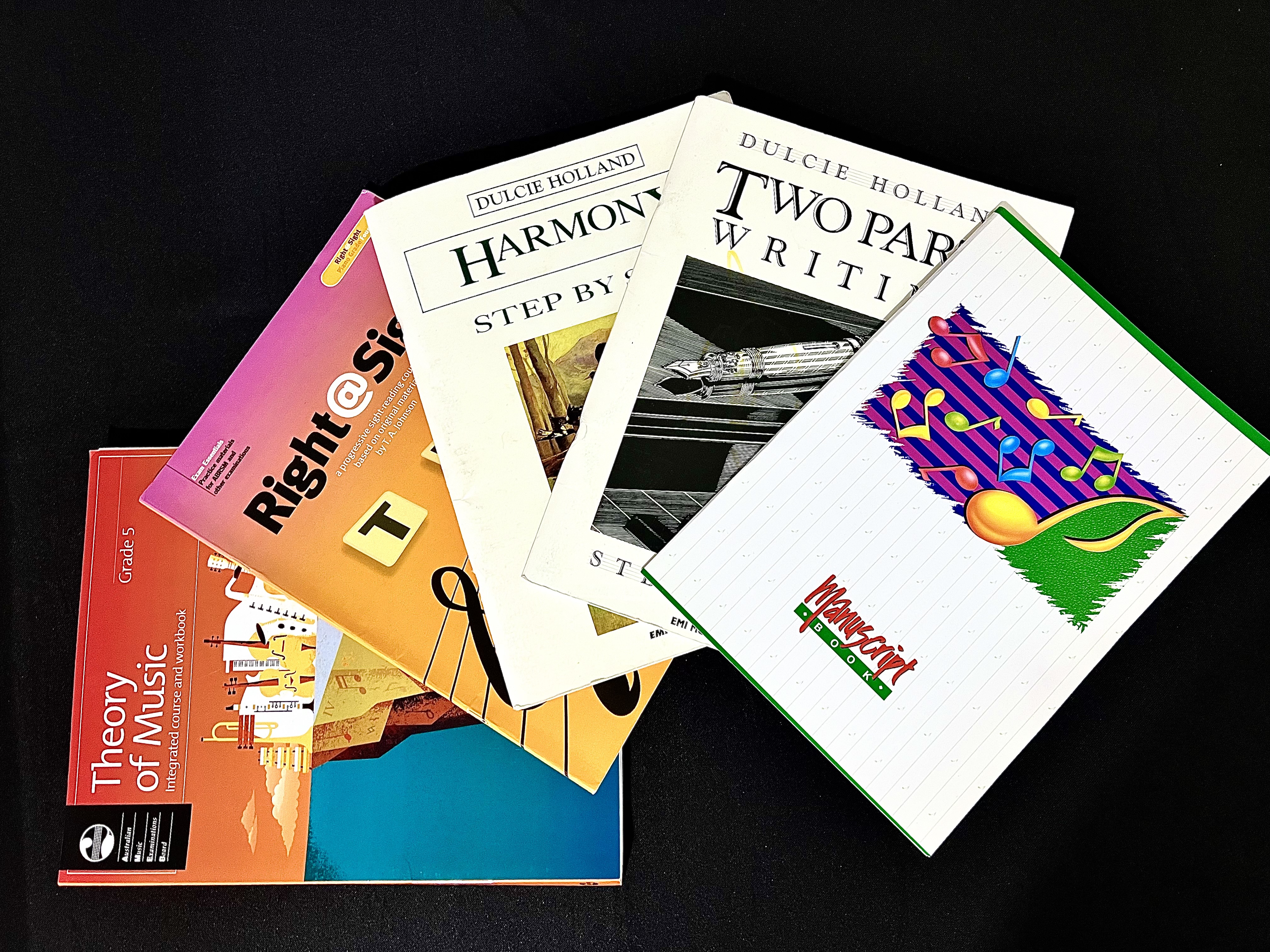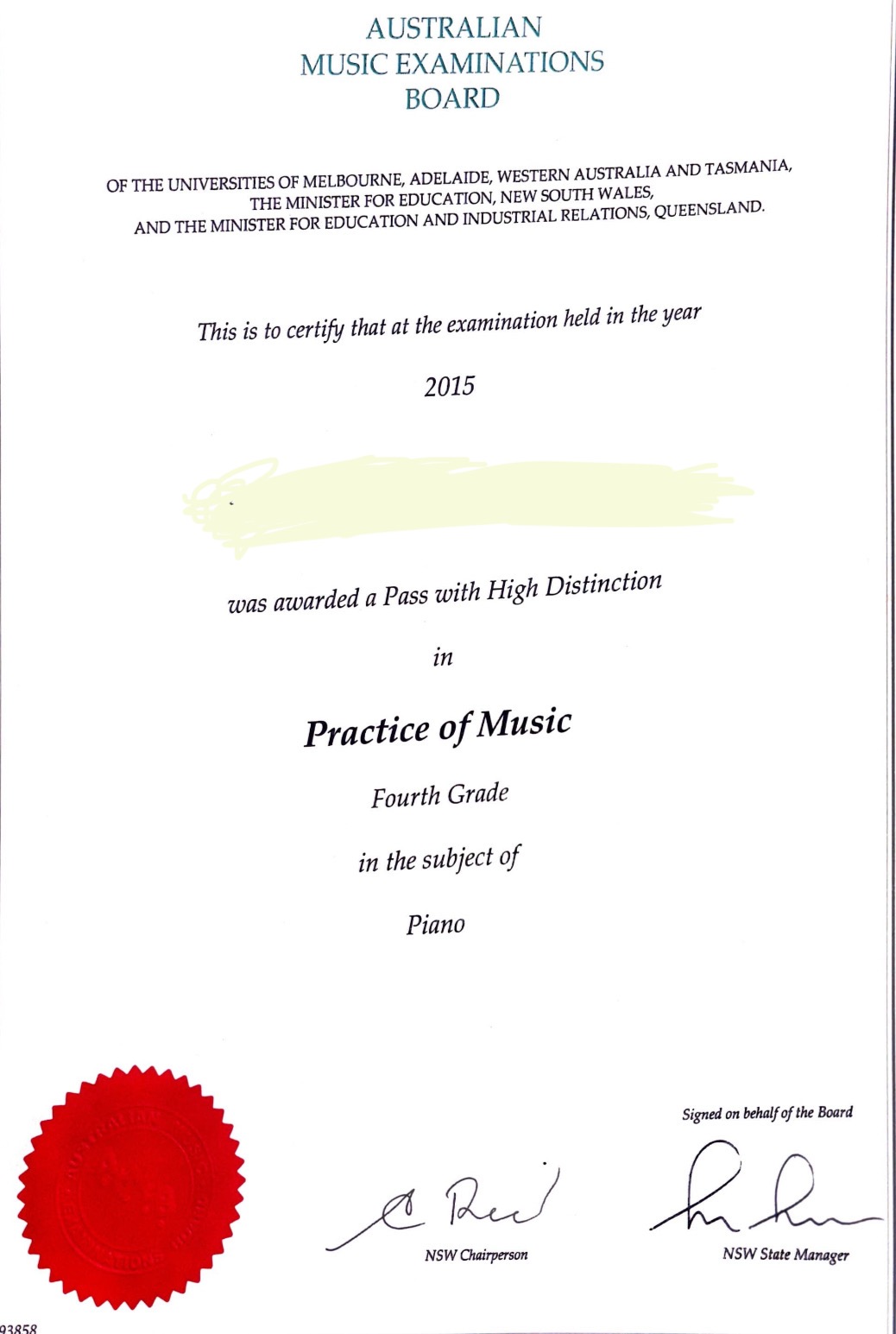Student Case Study:
Gita’s Journey to a High Distinction in Grade 4 Piano
Mulia Piano Studio

*This is not a photo of the actual student featured in this case study. It is for illustration only.*
A Challenging Start
One of the most rewarding aspects of being a piano teacher is witnessing a student's transformation—not just in their playing, but in their confidence, mindset, and approach to learning. Gita (not her real name) is a shining example of this kind of growth.
When Gita first came to me, she had already been learning piano for several years with another teacher. Despite her efforts, her progress had been slow, and her exam results reflected that struggle. Her mother, concerned about the lack of improvement, sought a new direction. Through a recommendation from my husband, who worked with Gita’s mother at the time, Gita enrolled in lessons with me.
Identifying the Gaps
From her very first lesson, Gita’s enthusiasm to improve was evident. However, she lacked many foundational skills typically established early in a student's learning journey. Simple but essential habits—like counting aloud, using a metronome, and practising hands separately—had not been consistently taught. She also found it difficult to start from different sections of a piece, which hindered efficient practice.
Additionally, her instinct to restart from the beginning whenever a mistake occurred meant she wasn’t targeting problem areas effectively. Her muscle memory was underdeveloped, and her confidence in performing from memory was fragile. It became clear that many of these issues stemmed from ingrained habits and a lack of structured, foundational guidance.

Rebuilding from the Ground Up
Knowing we needed to take a step back before moving forward, we focused on rebuilding Gita’s technical and theoretical base. This process wasn’t always easy for a teenage student who had already invested years into learning, but Gita showed courage and commitment.
Together, we implemented new strategies:
Slow, deliberate practice with a metronome
Counting aloud while playing
Isolating and repeating tricky passages
Gradual tempo increases only after achieving accuracy
Over time, Gita began to understand the purpose behind these strategies and saw how they improved her playing.
Strengthening Music Theory and Technique
Alongside practical work, we dove into music theory to deepen her understanding. Gita learned about:
Time and key signatures
Dynamic markings and articulation
Phrasing
Expressive wrist techniques
This theoretical knowledge not only supported her technical growth but also brought more emotional depth and musicality to her performances.

Aural Skills and Sight Reading
As part of her AMEB Comprehensive exam preparation, we alternated weekly between aural training and sight reading. Aural tests proved especially challenging—singing in tune and identifying intervals didn’t come naturally to Gita, and she was hesitant to practise these outside of lessons. However, with gentle encouragement and consistent work, she began to improve steadily.
Interestingly, sight reading came more naturally to her, which is rare. We used this strength as a confidence booster while continuing to work on her aural development.
The Breakthrough Moment
After a year of dedicated weekly lessons and steady home practice, Gita sat for her Grade 4 AMEB piano exam. The result? A High Distinction (A+)—a powerful affirmation of her effort and transformation.
When I shared the news, Gita was in disbelief. Tears welled in her eyes—a beautiful and emotional moment that reminded me why I love teaching.

Final Reflections
Gita’s story is a powerful reminder that with the right guidance, consistent practice, and a willingness to revisit the basics, meaningful progress is always possible. For teachers, students, and parents, her journey highlights that it’s never too late to rebuild a strong foundation—and that with dedication, success can follow.
